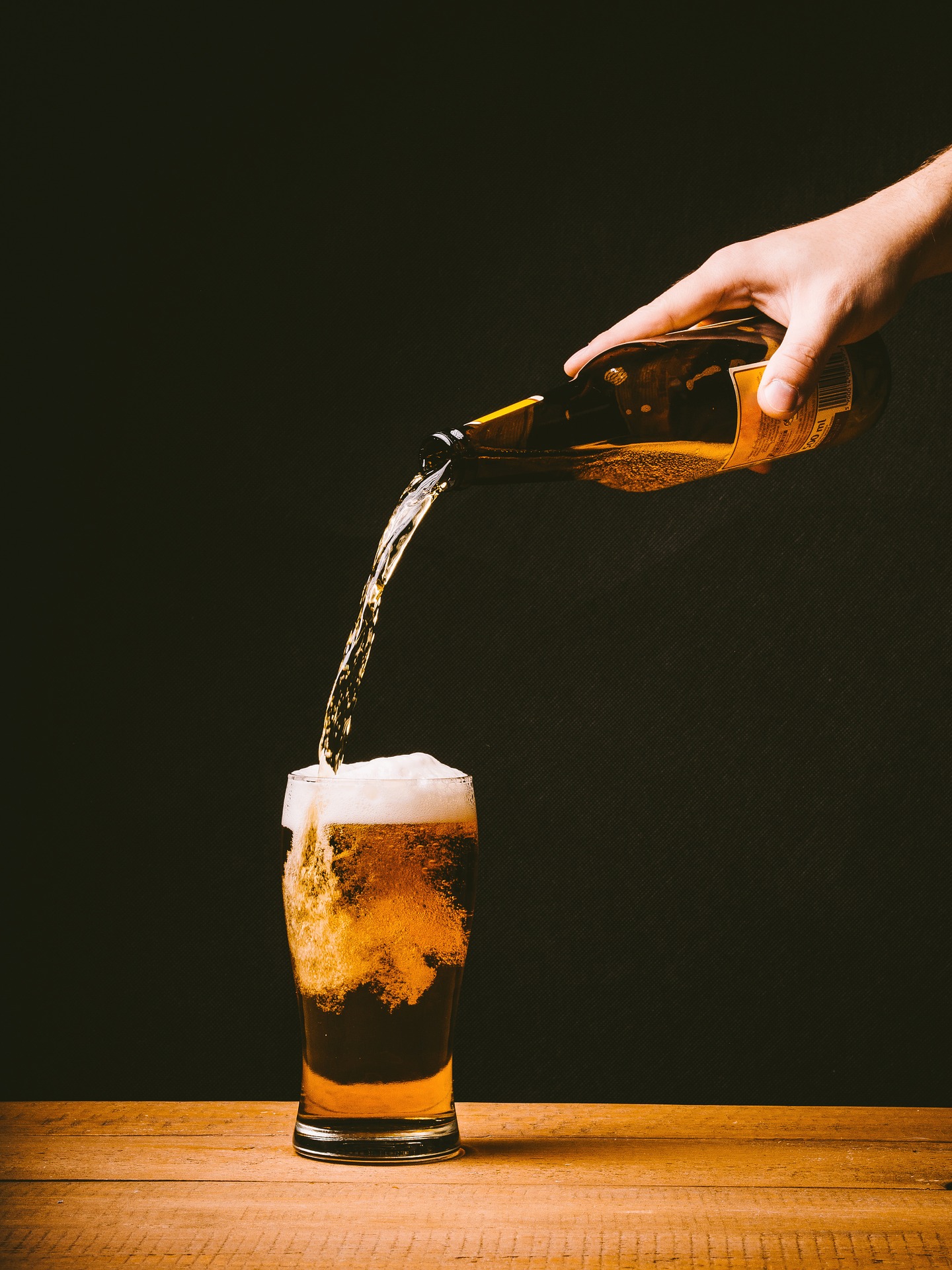
Provincial governments should permit all restaurants and bars to sell consumers alcohol to go or include beer, wine and other alcoholic beverages in delivery orders, says a national association representing the industry.
“The whole (offsite sales) thing is pretty muddy,” said Mark von Schellwitz, vice-president of Western Canada for Restaurants Canada.
Prince Edward Island, for example, allows establishments to sell locally produced wine and beer for customers to take home.
Some restaurants and bars in Alberta and B.C. can also sell a limited amount of beer and wine for customers to take home, said von Schellwitz, so long as they hold the right permit.
“It’s slightly different, a little bit everywhere and it’s somewhat confusing,” he said, adding “what is required, really, is a complete overhaul, modernization of liquor laws throughout all the provinces.”
He and Restaurants Canada want all restaurants and pubs to be able to sell takeout booze, but especially for delivery orders considering the recent explosion of home delivery sales through third-party delivery apps such as Foodora or Uber Eats.
Food delivery sales at full-service restaurants grew 53.8 per cent and accounted for 6.2 per cent of all sales in 2018, according to data from Ipsos Foodservice Monitor shared by Restaurants Canada. Meanwhile, on-site consumption represented 79.2 per cent of sales last year, but did not grow at all.
“If somebody orders something through one of those delivery apps, they can’t throw a beer in there or a bottle of wine,” said von Schellwitz. “It’s just simply not allowed.”
These companies are, however, allowed to deliver alcohol for retail store locations in some areas.
Last week Foodora announced it was expanding its alcohol delivery pilot with Ontario’s LCBO stores to Toronto. The pilot was first offered in Ottawa in May.
An alcohol order from a retail outlet could be combined with a food order from a restaurant within these apps.
“Where we would only be allowed to deliver food,” said James Rilett, the association’s vice-president for Central Canada.
Allowing restaurants to deliver alcohol through these apps or their own delivery services would help level the playing field, he said.
Delivery is the fastest growing area of the restaurant market, said Robert Carter, a foodservice analyst with market-research firm NPD Group.
That trend has impacted on-site alcohol consumption in restaurants, which is already on the decline, he said, with consumers purchasing fewer alcoholic drinks when they dine out partly for financial and health reasons.
If governments offer establishments another distribution avenue, it could provide a sales lift, Carter said.
“I don’t think it’s going to be dramatic and I don’t think it’s going to offset the declines.”
Retail stores that sell alcohol would likely feel the biggest impact of such a change in regulations, Carter said.
It’s unclear if such a sweeping shift would ever happen. Restaurants Canada has previously pressed provinces for action, said Rilett.
In 2014, the Ontario government denied its request to allow restaurants and bars to sell growlers filled with craft beer to consumers who wanted to take them home.
Two years ago, the association asked the Manitoba government to allow establishments to sell alcohol products alongside takeout and delivery meals. It was working on implementing the change when the election taking place Tuesday was called in August.
“I think it’s just it’s never been done before and any time you try new territory then … it’s just a resistance to change, not a resistance to the actual change,” said Rilett.
Restaurant Canada’s call came in a biennial report that also asks provincial governments to implement or keep in place other measures, including making wholesale pricing available to all liquor licensees and modernizing liquor legislation to cut red tape.
It grades how friendly each province’s liquor policies are for bars and restaurants. Alberta received the highest grade with a B, while New Brunswick, and Newfoundland and Labrador tied for last place with D minuses.